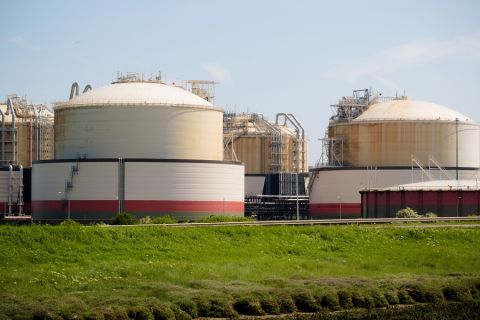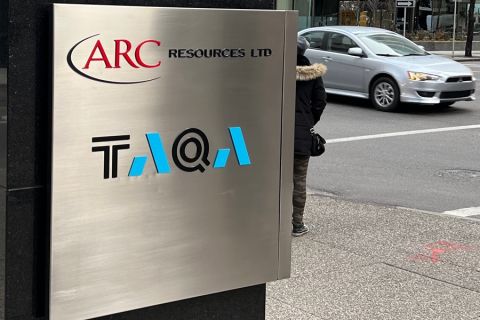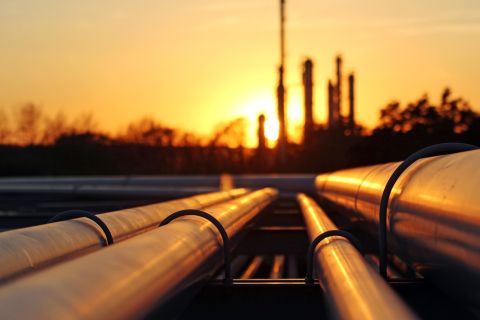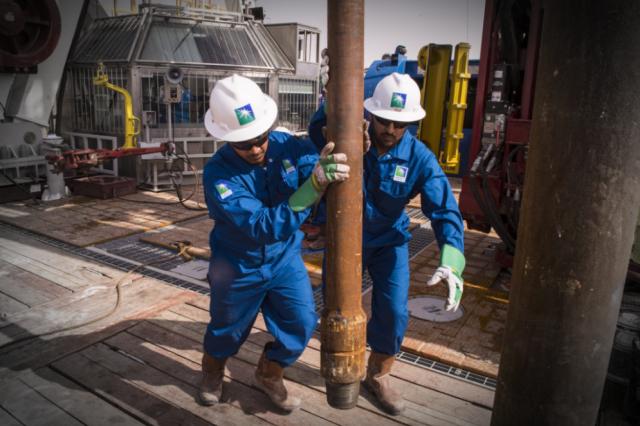
“My big worry over the long term is a jobless recovery where certain jobs are not going to return,” Amin Nasser, CEO of Saudi Aramco, said during a discussion on the recovery of oil markets. (Source: Saudi Aramco)
Global demand for oil has recovered to around 94 MMbbl/d and could increase to 99 MMbbl/d by 2022, according to Amin Nasser, CEO of Saudi Aramco, the world’s biggest oil company.
“I see the markets improving,” Nasser said during this year’s virtual CERAWeek by IHS Markit conference. “We have seen China and East Asia with strong demand. India is also picking up to almost the same rate as pre-COVID. There has been an impact that we see in the West and the U.S., but with the rapid deployment of vaccines, we are seeing good cause for optimism and recovery in demand.”
Nasser is, however, concerned about a “jobless recovery” of the oil market in the long term.
“Today, we are seeing a recovery taking place and usually this is linked to job creation and higher employment,” he said. “My big worry over the long term is a jobless recovery where certain jobs are not going to return.”
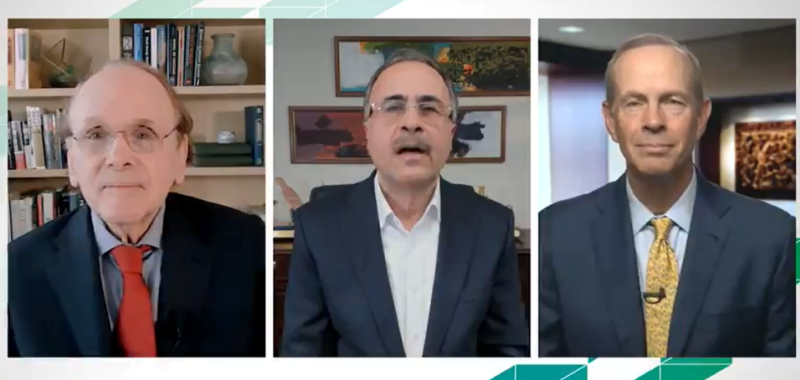
Mike Wirth, CEO of U.S. oil major Chevron Corp. who spoke on the same CERAWeek panel as Nassar on March 2, agreed that demand recovery in the oil markets is underway.
One of the key lessons learned from the pandemic-induced crisis, according to Wirth, is the “essential nature of the industry.” Despite the unprecedented crisis to oil markets, he noted demand destruction only averaged about 9%.
“I think this demonstrates how important our industry is to the world economy,” he said.
Wirth added that diesel demand is at or above pre-pandemic levels due to door-to-door deliveries. Demand for jet fuel still lags though as people continue to avoid long flights.
RELATED:
Qatar Petroleum, Exxon Mobil CEOs Talk LNG, Natural Gas
As for natural gas, both energy executives offered a positive outlook for the commodity.
“We’re bullish on natural gas,” Wirth said. “Clearly, liquefied natural gas has a very important role in the lower-carbon economy that we’re all working toward.”
“As we’ve seen recently in Texas, and not too long before that in California,” he continued, “when the demands on a grid are at an elevated level, we need to make sure we have reliable grid management and reliable power supply. And natural gas should play a very, very important role.”
Nasser echoed similar sentiments.
“If you recall, not that long ago, natural gas was seen as a bridge fuel for a renewable future,” he noted. “But now, sentiment has somehow turned, partly due to concern about fugitive methane emissions...Our view is that gas still has better credentials over other fuels and it will grow significantly in a number of sectors, especially for power generation and for industry and commercial use.”
Saudi Arabia is growing gas substantially, according to Nasser, and has targeted generating half of its electricity from natural gas and half from renewables by 2030.
Recommended Reading
Venture Global, Grain LNG Ink Deal to Provide LNG to UK
2024-02-05 - Under the agreement, Venture Global will have the ability to access 3 million tonnes per annum of LNG storage and regasification capacity at the Isle of Grain LNG terminal.
ARC Resources Adds Ex-Chevron Gas Chief to Board, Tallies Divestments
2024-02-11 - Montney Shale producer ARC Resources aims to sign up to 25% of its 1.38 Bcf/d of gas output to long-term LNG contracts for higher-priced sales overseas.
Gunvor Group Inks Purchase Agreement with Texas LNG Brownsville
2024-03-19 - The agreement with Texas LNG Brownsville calls for a 20-year free on-board sale and purchase agreement of 0.5 million tonnes per annum of LNG for a Gunvor Group subsidiary.
Carlson: $17B Chesapeake, Southwestern Merger Leaves Midstream Hanging
2024-02-09 - East Daley Analytics expects the $17 billion Chesapeake and Southwestern merger to shift the risk and reward outlook for several midstream services providers.
Texas LNG Export Plant Signs Additional Offtake Deal With EQT
2024-04-23 - Glenfarne Group LLC's proposed Texas LNG export plant in Brownsville has signed an additional tolling agreement with EQT Corp. to provide natural gas liquefaction services of an additional 1.5 mtpa over 20 years.

